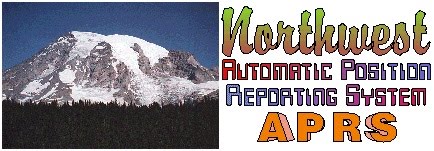----
I've come across a lot of hams who don't have a good understanding of APRS Voice Alert. While Bob Bruninga, WB4APR explains it well on his voice alert page, I'll try to explain it in just a few lines.
Voice alert is essentially adding a 100hz CTCSS tone to the transmitted APRS packets on 144.39 (US), just set the tone as if you needed it to access the repeater and setting the radio to tone squelch (CT on the D700) and leaving the volume on the data channel up. When a packet is received with the 100hz tone, you'll hear it on the radio, and you should also see the call on whatever APRS display you are using. The radio will still decode packets that don't have the 100hz tone, you just won't hear them. This works with most rigs/tncs that don't rely on the speaker output to feed audio to the TNC.
The full details can be found:
http://aprs.org/VoiceAlert3.
http://www.ew.usna.edu/~
Even hams that don't use APRS can take advantage of voice alert, just listen to 144.39 with your tone squelch set to 100hz. When an APRS mobile is in the area, you'll hear them, and you can give a general call for APRS voice alert stations.
Once contact is made on the voice alert channel, the conversation should be moved to another frequency to keep the channel clear for packets, and to keep the packets from crashing your QSO.
One thing that makes voice alert less useful is when the tone is transmitted with the packet, but nobody is listening (unattended, volume down, etc). That is one disadvantage to the D710, it isn't as easy to turn off voice alert once you have it on, which leads to folks just turning down the volume.
I hope this helps spread the word regarding APRS voice alert.
Thanks & 73 de Joseph Durnal NE3R
